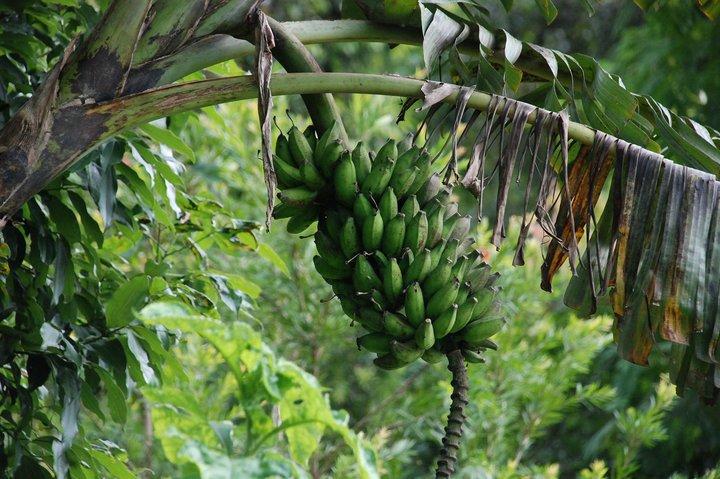First ever banana crop contingency plan published

In 2013, the Organismo Internacional Regional de Sanidad Agropecuaria (OIRSA) published the first contingency plan for banana production in Latin America. Read more in this 2014 Annual Report story.
In 2013, the Organismo Internacional Regional de Sanidad Agropecuaria (OIRSA), an international organization for plant and animal health in nine Mesoamerican and Caribbean countries, published the first contingency plan for banana production in Latin America.
The TR4 fusarium strain is now considered the greatest threat to banana production. After cutting a swath through Southeast Asia’s Cavendish banana plantations, TR4 was recently found in Jordan and Mozambique (see main story, above). So far, it has not been detected in Latin America, but its threat is of greatest concern to these countries, which represent 80% of global banana export and are host to cultivars susceptible to TR4. An outbreak of the disease could have devastating impacts on the livelihoods and food security of millions of people.
The contingency plan outlines what countries need to do to identify, eradicate, contain and/or properly handle any case of TR4. Lead author Miguel Dita, scientist with Bioversity International, along with Plutarco Elías Echegoyén Ramos of OIRSA and Luis Fernando Pérez Vicente of the Instituto de Investigaciones de Sanidad Vegetal in Cuba and an honorary researcher with Bioversity International, structured the plan according to existing plant health standards. The publication details the steps to be followed in the event of a suspected or confirmed TR4 case, and offers guidance on how to organize and run eradication and containment/deletion programmes.
